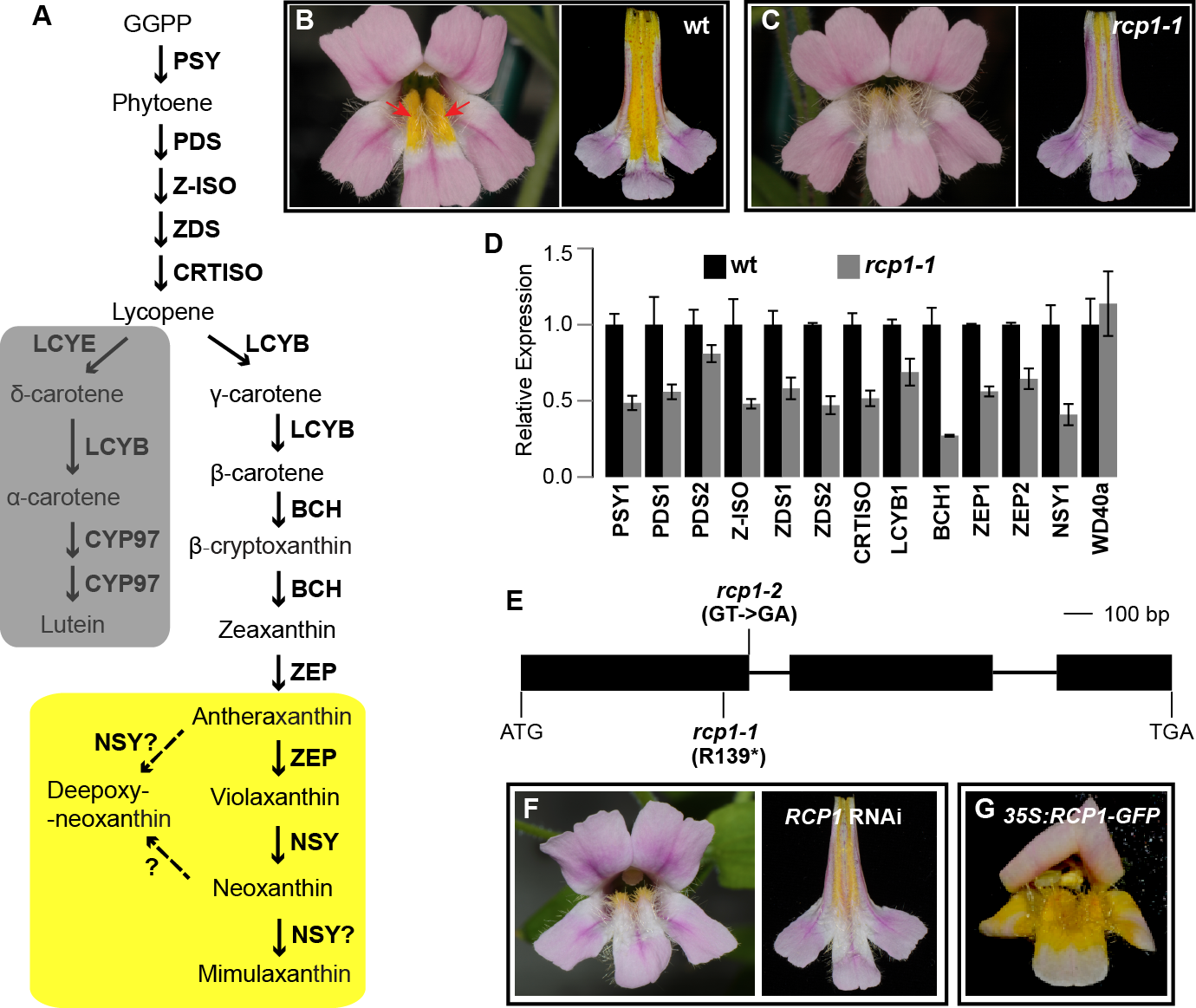 Figure 1. RCP1 encodes an R2R3-MYB transcription factor regulating carotenoid pigmentation during M. lewisii flower development.
Figure 1. RCP1 encodes an R2R3-MYB transcription factor regulating carotenoid pigmentation during M. lewisii flower development.Carotenoids are yellow, orange, and red pigments that contribute to the beautiful colors and nutritive value of many flowers (e.g., daffodils, daylilies, sunflowers) and fruits (e.g., oranges, tomatoes, mangos). They also serve an important function in the ecology and evolution of plants by attracting pollinators and seed dispersers.
The incredible diversity of carotenoid pigmentation patterns in angiosperm flowers and fruits is largely determined by differential expression of the carotenoid biosynthetic genes. And often, this differential expression involves coordinated up- or down-regulation of multiple structural genes or the entire carotenoid biosynthetic pathway, indicating the critical role of transcriptional regulators in the generation of color variation. However, although the structural genes in the highly conserved carotenoid biosynthetic pathway have been extensively characterized in multiple plant systems, little is known about the transcriptional regulators that control the expression of these structural genes. Lack of such knowledge is a significant impediment to understanding the molecular basis of flower and fruit coloration, the evolution of color diversity, and the genetic control of plant-pollinator interactions.
By analyzing EMS mutants with reduced carotenoid pigmentation (rcp) in the nectar guides of M. lewisii flowers, we have identified two transcriptional regulators of the entire carotenoid biosynthetic pathway (Sagawa et al., 2016; Stanley et al., 2020). RCP1 encodes an R2R3-MYB transcriptional factor and RCP2 encodes a TPR protein that is required not only for carotenoid biosynthesis, but also chromoplast development. Currently we are characterizing additional EMS mutants with floral carotenoid pigmentation phenotypes to discover other components of the carotenoid transcriptional regulatory complex .
The discovery and characterization of these transcriptional regulators are crucial to understanding how carotenoid pigmentation is regulated during flower development and how carotenoid-based flower color variation is generated during evolution. Furthermore, transcriptional regulators of the entire carotenoid biosynthesis pathway will be obvious targets for genetic manipulation in crop plants to enhance carotenoid production.